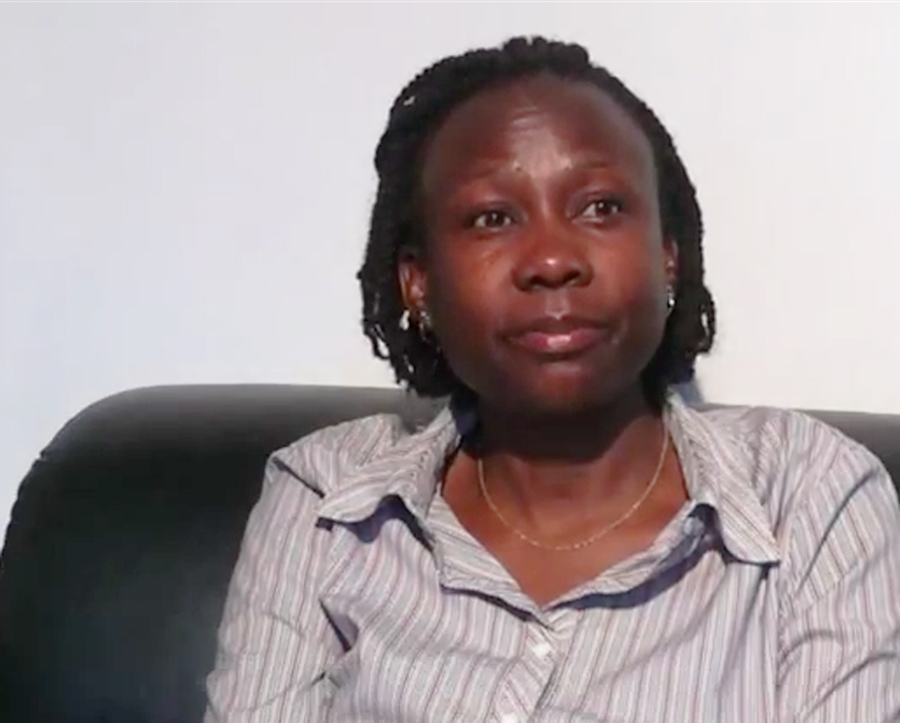Government should operationalise the HIV/AIDS Trust Fund established three years ago if it is to fully guard against the persistent ARVs stock-outs, a civil society group-Uganda Debt Network (UDN) has said in its weekly brief.
The Fund was created under the HIV AIDS Prevention and Control Act, 2014. UDN tracks Uganda’s debt management, giving recommendations on how best government can manage its debts.
The group urges that the persistent shortages of ARVs in health facilities can be addressed through proper planning that progressively requires increasing public financing and building capacity of relevant agencies.
Of the US$494 million spent on the procurement of the ARVs in the financial year 2015/16, government of Uganda contributed a paltry US$32 million, the rest coming from development partners such as the Global Fund and UN agencies, UDN says.
In the brief, UDN blames government of Uganda for so much relying on donors to procure drugs and that this limits public investment to address the effects of the pandemic. Relying so much on the donors to procure drugs, UDN says is not sustainable in the long run.
“Indeed on numerous occasions Uganda has found itself in a very tricky situation because of this dependence syndrome. In 2015 there was no stock out because of frontloading by Global Fund,” UDN says in its brief to the media.
UDN further argues that donor dependence on financing HIV/AIDS has prohibited extensive scale-up of HIV programmes at par with global targets, stating that domestic resource mobilization efforts must consider the current constraints in the system effectively tackle bottlenecks to achieve sustainable financing.
“Whereas the National Development Plan II (NDP II) is very clear on the key interventions on HIV/AIDS, these have not been backed by adequate financing,” the group adds.
Uganda is a signatory to the WHO/UNAIDS 90-90-90 target; (90 percent of all people living with HIV knowing their HIV status; 90 percent of all people with diagnosed HIV infection receiving sustained antiretroviral therapy; 90 percent of all people receiving antiretroviral therapy having viral load suppression by 2020).
It is believed that approximately 1.54 million people are living with HIV/Aids in Uganda. The HIV diagnosis coverage as percentage of People Living with HIV (PLHIV) who knew their status is 69 percent.
The Uganda Status Report on HIV/AIDS (2015/16) indicates that 898,197 people were on Antiretroviral Therapy (ART) by June 2016, from750,896 by December 2014. Treatment coverage for children was raised to over 66 percent from 31 percent in 2014. The test and treat policy and early infant diagnosis are expected to improve this statistic.
Meanwhile the government of Uganda has established a viral load testing lab at the Uganda National Health Laboratory Services which scaled up viral services to all the 112 districts by the year 2016.
“The Ministry of Health planned to have 892,000 people on antiretroviral treatment by the end of this financial year. But right now, the number of people on lifesaving drugs has hit one million, a development that has wedged on stocks in public health,” the group adds.
Last month, President Museveni launched a renewed fight against HIV/AIDS in Uganda with hopes of ending the epidemic by 2030.







